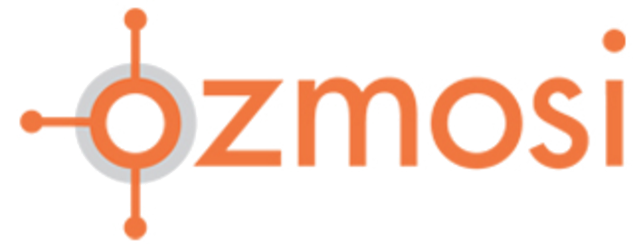Diabetes is one of the most prevalent diseases in the U.S., afflicting over 29 million people across Type 1 and Type 2 patients, according to the CDC1 and represents over a $50 billion dollar industry2. Pharmaceutical companies are constantly racing to create the next market leader, and 2018 will be no exception. Diabetes is a very challenging market to compete in since there is intense pricing pressure as well as more recent pressures for stellar cardiovascular outcomes data. It is no longer sufficient to demonstrate superior efficacy compared to alternative treatments. Doctors and patients are looking for heightened safety profiles and a reduction of cardiovascular risk4, all the while payers are demanding lower prices.
In addition, the growing power and influence of Plan Benefit Managers (PBMs) on pricing due to market consolidation has further complicated the patient – insurer – manufacturer dynamic. With CVS Caremark, Express Scripts and OptumRx controlling upwards of three-quarters of the market, these monolithic middlemen wield more power than ever before, and not necessarily to the patient’s benefit as formularies have become more limited based on prioritizing the size of the rebate vs. the profile of the product. Compounding this effect, there are over 140 Diabetes medications already on the market and another 135 novel treatments currently in some form of development (Source: Innovation.org), making it more difficult for manufacturers to differentiate their products. Convincing payers and PBMs to put their products on formulary, thereby providing access to their prospective patient base is proving to be no easy task.
In our following series of blog posts on diabetes, we will be covering the major companies investing in the Diabetes market, Merck, Eli Lilly, Novo Nordisk, Sanofi and Johnson & Johnson. We will explore each company’s pipeline strategy and their likelihood to remain competitive and gain market share in the diabetes space in the next 12 months ahead.
